Norway stands as nature’s masterpiece of geological extremes—a country where mountains plunge directly into deep fjords, northern lights dance across arctic skies, and the midnight sun illuminates landscapes that seem borrowed from mythology. The Norwegian terrain challenges conventional definitions of beauty with its raw, overwhelming scale and pristine preservation.
This Scandinavian marvel rewards travelers with vistas that simultaneously humble and exhilarate. Norway’s dramatic landscapes offer countless destinations worth exploring for those who revere nature’s grandeur.
Here is a list of 15 places where Norway’s spectacular scenery reaches its most impressive heights.
Geirangerfjord
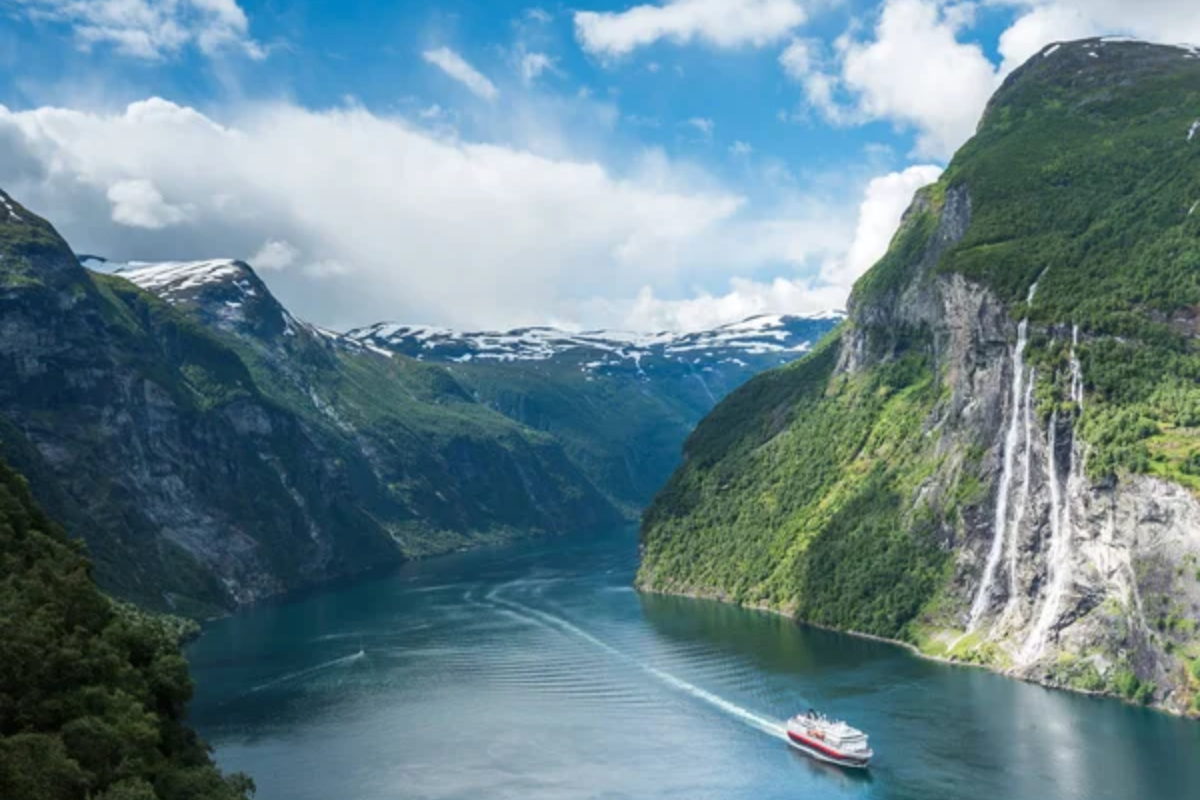
This UNESCO-protected fjord represents Norway’s signature landscape at its most majestic scale. Sheer mountain walls descend nearly vertically into deep blue waters, creating a narrow passage that cruise ships navigate with surprising grace.
The Seven Sisters and Bridal Veil waterfalls cascade directly into the fjord, creating ephemeral rainbows on sunny days. Viewpoints like Eagle’s Bend provide perspectives that explain why this location consistently ranks among the world’s most beautiful places.
Lofoten Islands

This arctic archipelago defies northern latitude expectations with dramatic peaks erupting from the Norwegian Sea. Traditional red fishing cabins (rorbuer) dot shorelines beneath mountains that appear twice their actual height due to their proximity to the water.
The islands experience extreme light conditions—midnight sun in summer and mystical blue twilight during winter days—that transform the landscape hourly. Pristine beaches with Caribbean-blue water but distinctly Norwegian temperatures create surreal coastal scenery
Like Travel Pug’s content? Follow us on MSN.
Trolltunga

This iconic rock formation—whose name translates to “Troll’s Tongue”—projects horizontally over Lake Ringedalsvatnet with nothing but 2,300 feet of air below. The challenging hike to reach this natural platform takes 10-12 hours round trip through landscapes that change dramatically as you ascend.
Mountain plateaus, alpine lakes, and glacier views reward hikers along the route before the final breathtaking payoff. The precarious outcrop creates perhaps Norway’s most photographed landscape, though images rarely capture the vertiginous feeling of standing at its edge.
Atlantic Ocean Road
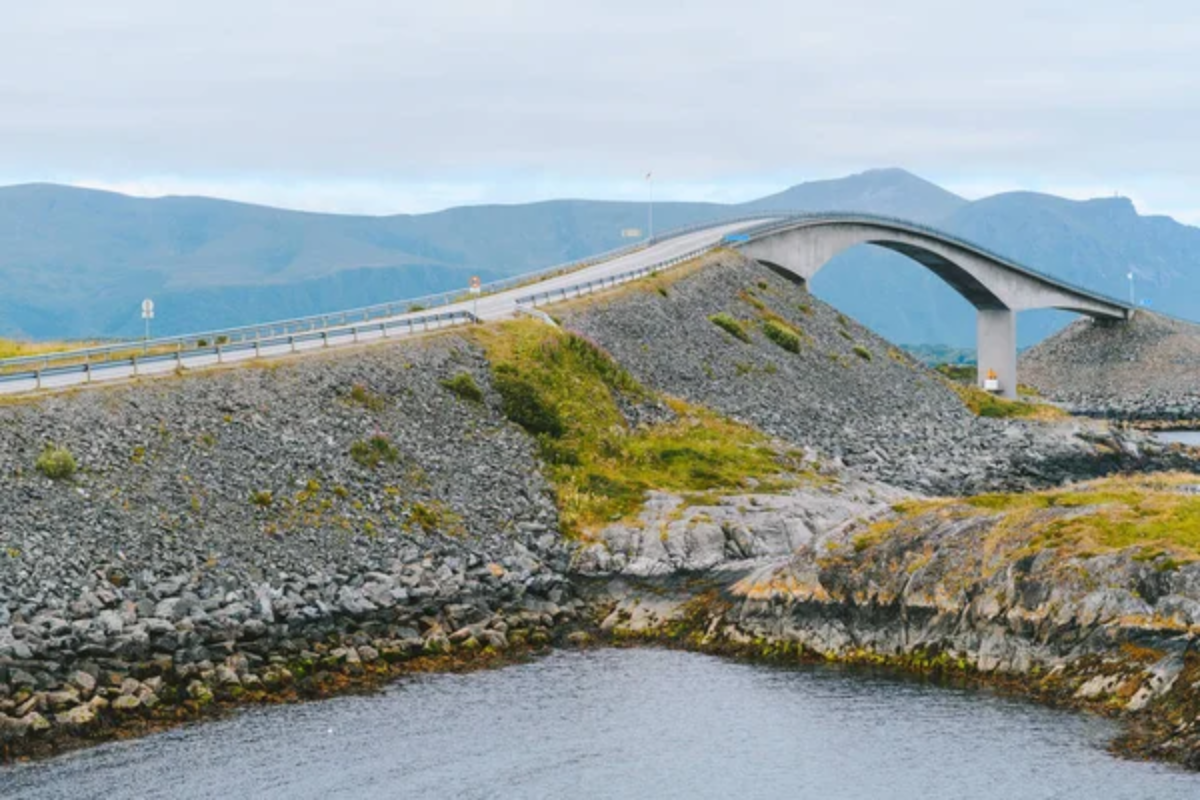
This engineering marvel connects islands and skerries through eight kilometers of roadway that seems to dance across the Norwegian Sea. The Storseisundet Bridge curves dramatically upward, creating an optical illusion that makes the road appear to vanish into the ocean ahead.
During storms, waves crash directly over the roadway, while calm days transform the same stretch into a serene coastal drive. The road provides access to countless viewpoints, fishing spots, and architectural lookout points built specifically to showcase the dramatic meeting of land and sea.
Jotunheimen National Park

Known as “Home of the Giants,” this wilderness area contains Norway’s highest peaks and most dramatic alpine scenery. More than 250 mountains exceed 6,000 feet, including Galdhøpiggen—Northern Europe’s highest summit. Deep valleys carved by ancient glaciers separate these peaks, creating hiking terrain that ranges from gentle meadows to technical climbing routes.
The park’s numerous glaciers, though receding, still sculpt the landscape and feed crystal-clear lakes whose colors shift between turquoise and deep blue depending on sunlight.
Like Travel Pug’s content? Follow us on MSN.
Preikestolen (Pulpit Rock)
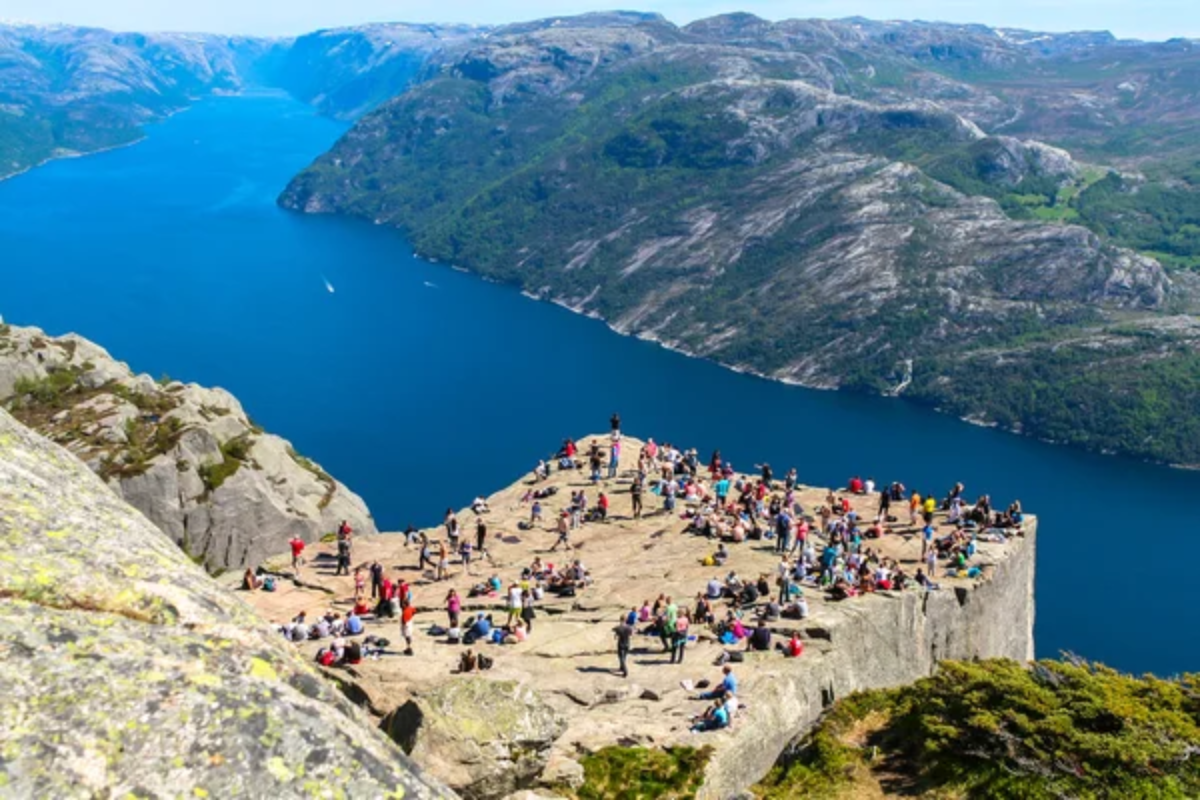
This perfectly flat mountain plateau towers 1,982 feet above Lysefjord, creating a natural observation platform roughly the size of a tennis court. Unlike many dramatic Norwegian viewpoints, Preikestolen requires only a moderate four-hour round-trip hike, making its spectacular panorama accessible to reasonably fit visitors.
The cliff’s geometric perfection—appearing almost artificially constructed—contrasts with the wild, untamed landscape stretching in all directions. The view changes dramatically throughout the day as light conditions transform the fjord below.
Trollstigen (The Troll’s Path)

This serpentine mountain road features eleven hairpin turns that climb a steep mountainside in Norway’s western fjord country. Stone barriers line the narrow roadway, while waterfalls cascade alongside and sometimes beneath the pavement through engineered passages.
The modern visitor center and viewing platforms at the summit provide dramatically cantilevered overlooks that showcase both the natural landscape and the road itself as an architectural achievement. Driving this route delivers a visceral experience of Norway’s vertical terrain.
Svalbard
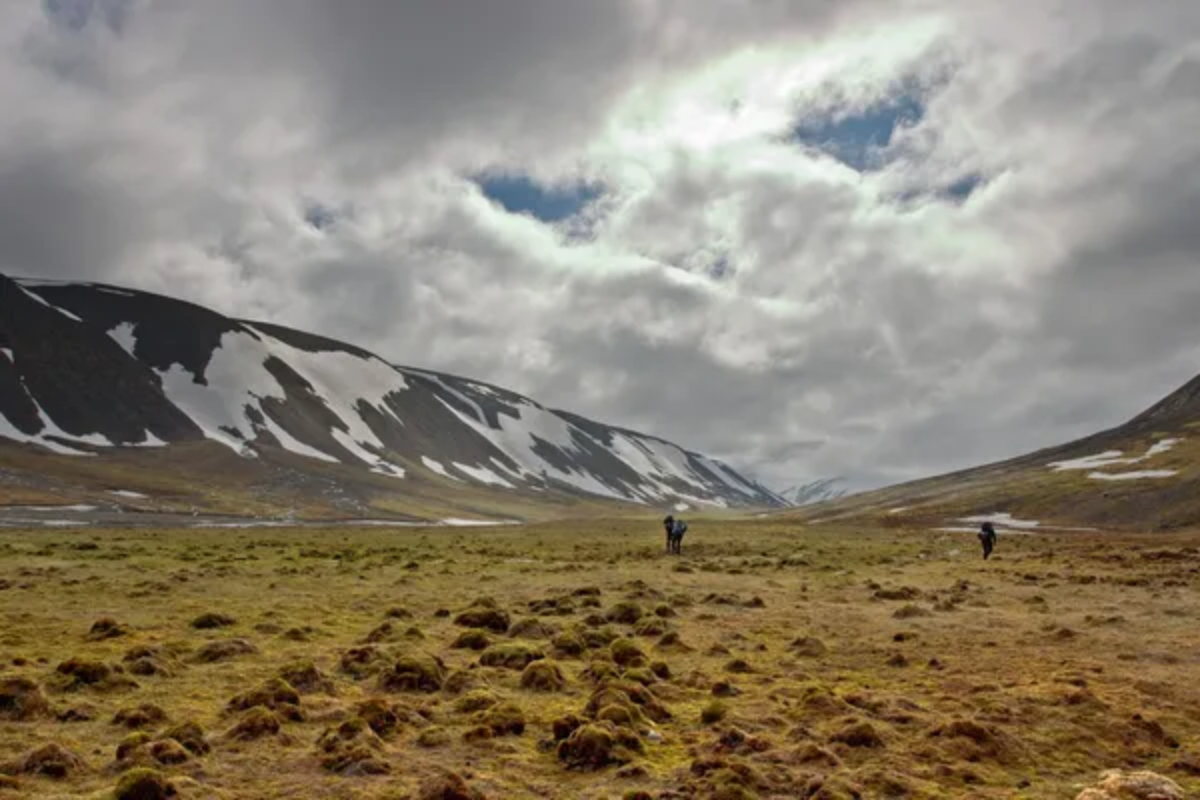
This arctic archipelago lies halfway between mainland Norway and the North Pole, creating a high-latitude wilderness unlike anywhere else in Europe. Jagged mountains emerge from massive glaciers that still actively shape the landscape in real-time, calving icebergs into pristine fjords.
Polar bears outnumber humans across most of the territory, while the midnight sun shines continuously from April through August. During winter, darkness transforms the landscape into an ethereal realm where northern lights frequently dance across star-filled skies.
Like Travel Pug’s content? Follow us on MSN.
Reine in the Lofoten Islands
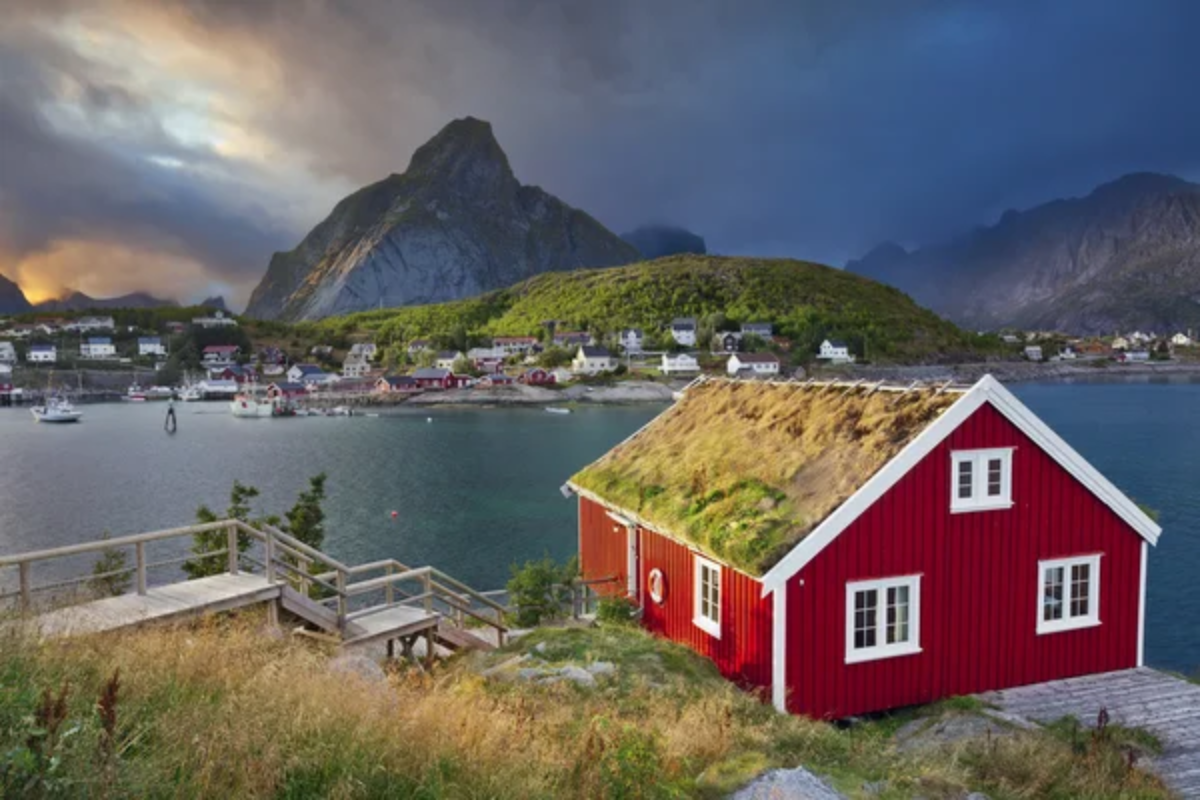
This small fishing village perfectly encapsulates Norway’s dramatic meeting of mountains and sea. Red and white fishing cabins cluster at the water’s edge, while snowcapped peaks create a jagged backdrop that reflects in the harbor’s still waters.
The mountain called Reinebringen provides the classic viewpoint seen in countless Norway photos, rewarding a steep hike with panoramic vistas across the entire region. The village’s position near Lofoten’s southern tip means it catches remarkable light conditions, particularly during winter’s extended “blue hour.”
Nigardsbreen Glacier
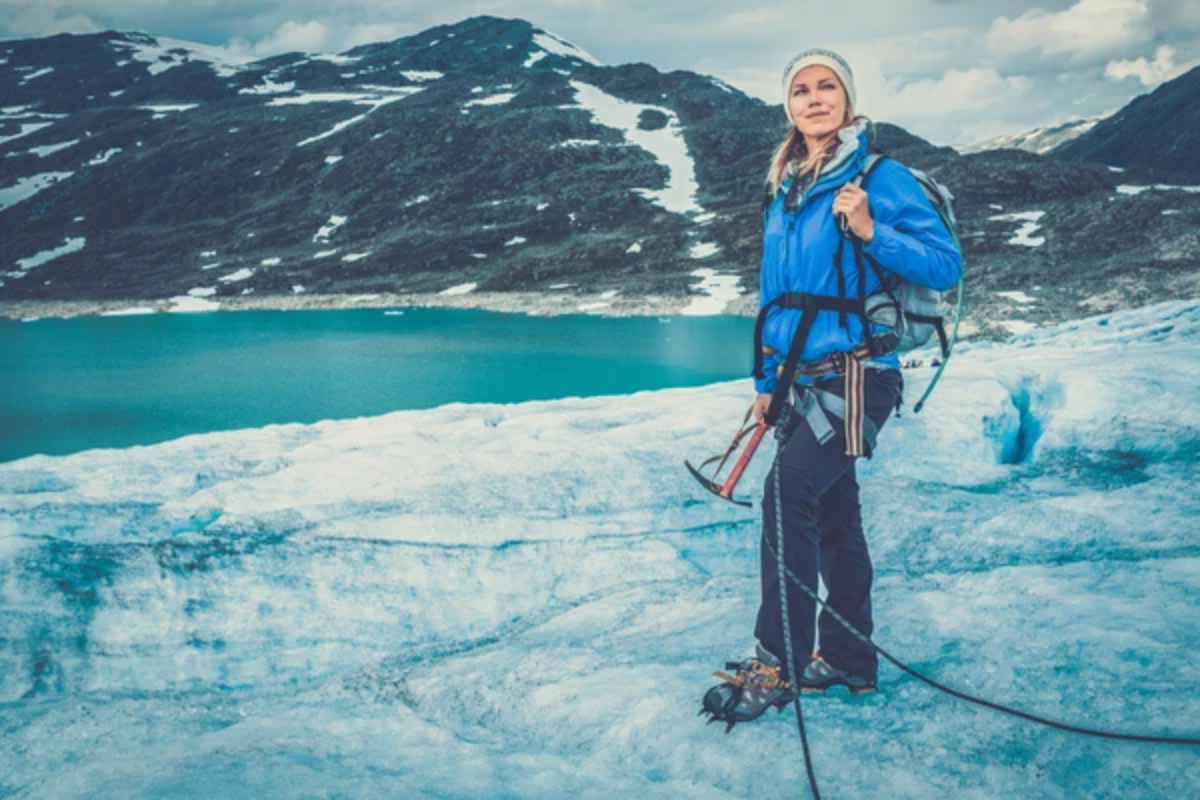
This accessible arm of Europe’s largest glacier (Jostedalsbreen) extends like a frozen blue river between steep mountain walls. Unlike many rapidly retreating glaciers, Nigardsbreen still offers relatively safe guided glacier walking opportunities that bring visitors close to ice caves, seracs, and crevasses without requiring technical climbing skills.
The approach through the glacier valley showcases textbook examples of geological features created by ice movement—moraines, glacial erratics, and striated bedrock. The glacier’s intense blue coloration appears almost artificially enhanced, especially on overcast days.
Romsdalseggen Ridge

This challenging ridge traverse delivers perhaps Norway’s most dramatic mountain views relative to the hiking effort required. The route follows a narrow spine with tremendous exposure on both sides, revealing views of the Romsdal Valley’s vertical walls, including the famous Trollveggen (Troll Wall)—Europe’s tallest vertical rock face.
The varied terrain includes both wide paths and narrower sections with helpful chains installed at the most exposed points. Weather changes rapidly here, sometimes transforming clear visibility into swirling clouds within minutes.
Like Travel Pug’s content? Follow us on MSN.
Senja Island
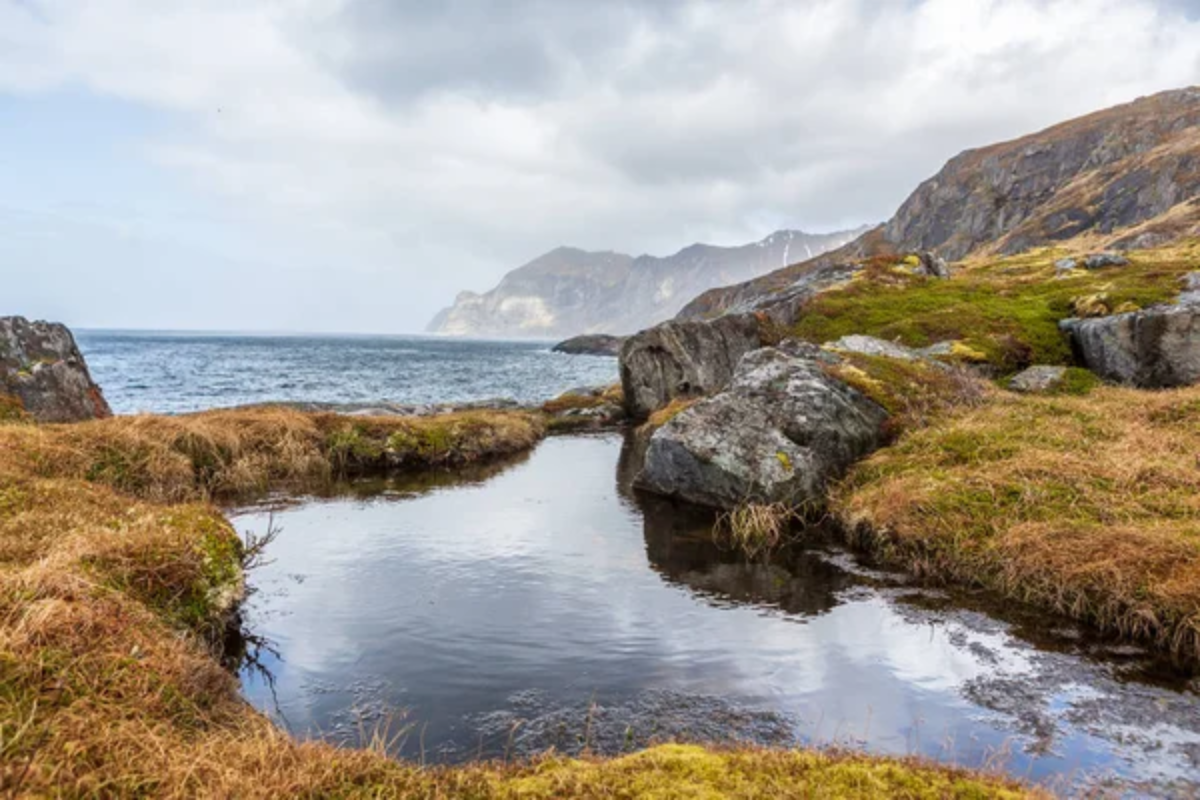
Often called “Norway in miniature,” this island north of the Arctic Circle combines virtually all Norwegian landscape types in one compact territory. The eastern shore features gentle farmland and fishing villages, while the western coast presents some of Norway’s most dramatic mountain-meets-sea scenarios.
The area called “Devil’s Teeth” features shark-tooth-shaped peaks that rise directly from the Norwegian Sea. Midnight sunbathes these landscapes in golden light during summer, while winter brings northern lights and beautifully desolate snow-covered terrain.
Kjeragbolten

This boulder famously sits wedged between mountain crevasse walls above Lysefjord, creating one of Norway’s most dramatic photo opportunities. The massive rock remains suspended 3,228 feet above the fjord, held in place by pressure from both sides rather than sitting on solid ground.
Reaching this precarious landmark requires a challenging hike with three separate ascents and descents along exposed mountain terrain. Standing—or for the adventurous, jumping—onto the boulder creates an unforgettable perspective of vulnerability amid Norway’s overwhelming scale.
Ålesund from Mount Aksla
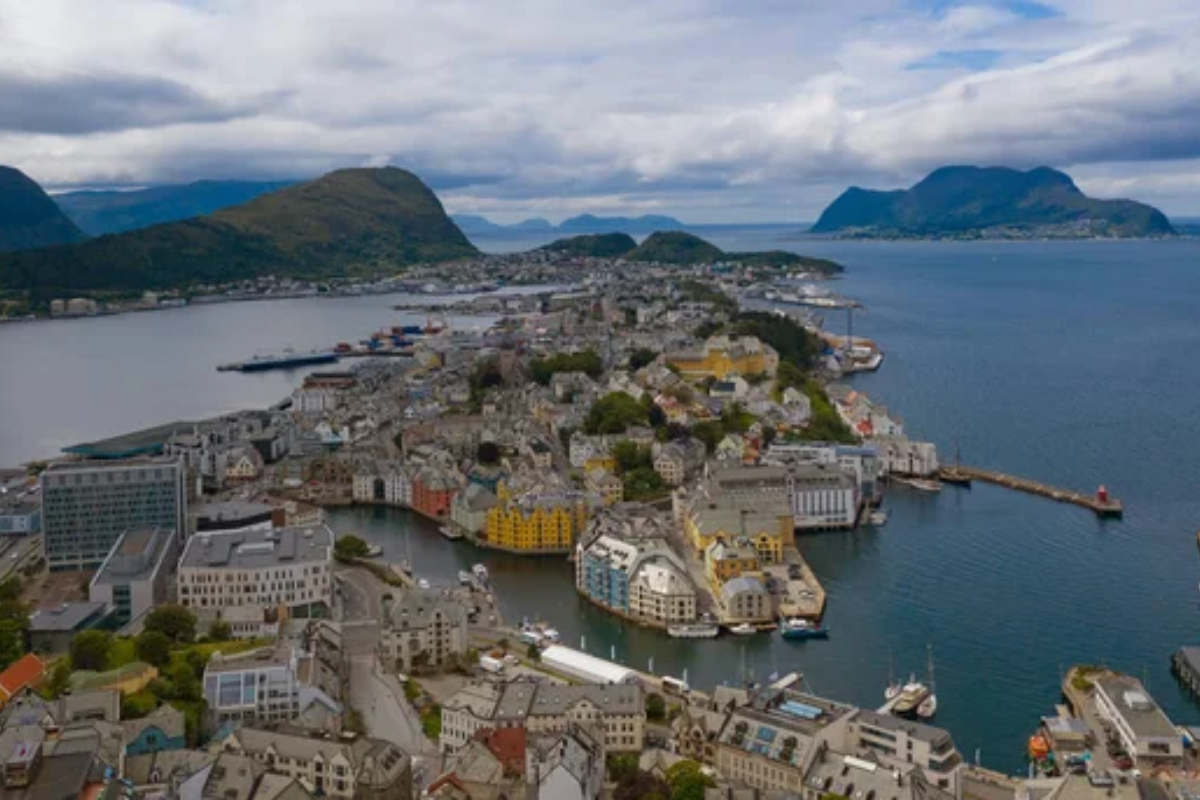
This art nouveau city, rebuilt after a devastating 1904 fire, offers perhaps Norway’s most beautiful urban panorama from its overlooking mountain. Four hundred eighteen steps lead from the town center to Aksla’s summit, where the entire archipelago city comes into view—colorful buildings perched between deep blue fjord waters and the open Atlantic.
Islands stretch toward the horizon while snow-capped mountains create a dramatic backdrop to the scene. The viewpoint offers particularly spectacular sunset vistas when the distinctive architecture catches golden light against deepening blue water.
Like Travel Pug’s content? Follow us on MSN.
Hardangervidda Plateau
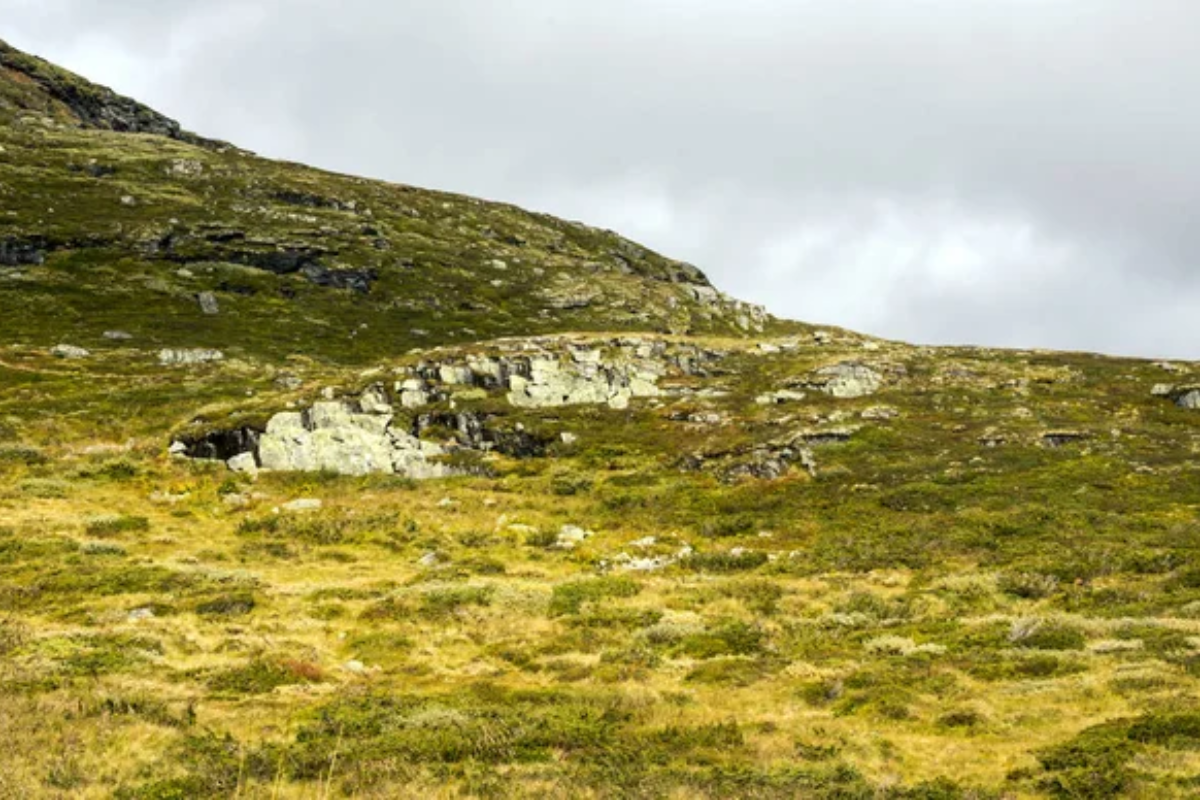
Europe’s largest mountain plateau creates a landscape that feels almost otherworldly in its vast openness and subtle beauty. This high-altitude wilderness served as a training ground for polar explorers, including Roald Amundsen, due to its arctic-like conditions. Despite elevations exceeding 4,000 feet, the plateau features relatively gentle terrain crossed by well-marked trails connecting simple mountain huts.
The landscape’s power comes from its immensity and the quality of light that sweeps across uninterrupted distances, particularly during the region’s spectacular displays of autumn colors.
Norway’s Dramatic Legacy
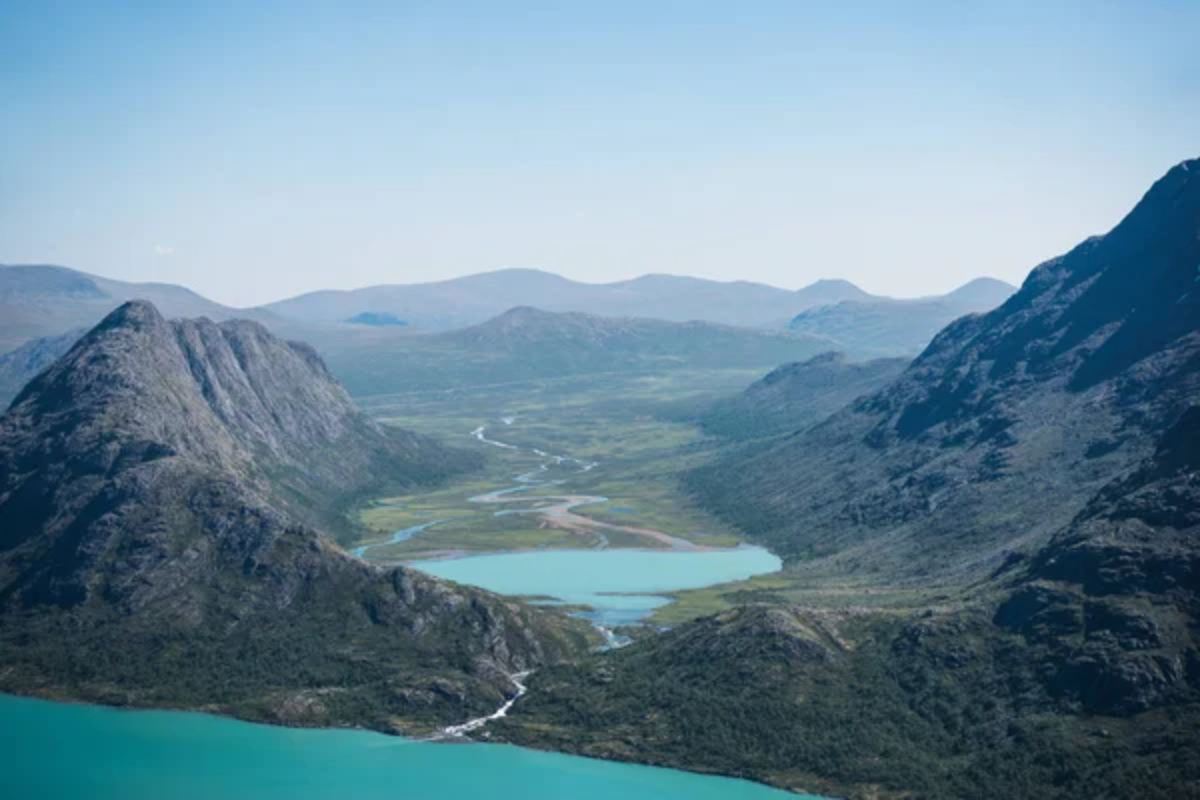
These fifteen landscapes represent merely an introduction to Norway’s geological wonders—a country where nature remains the primary architect. The Norwegian relationship with these dramatic surroundings reveals itself through thoughtfully designed viewpoints, well-maintained hiking infrastructure, and environmental protection that preserves landscapes in their raw state.
Visitors quickly discover that photographs—no matter how spectacular—fail to capture the multisensory experience of standing amid Norway’s dramatic terrain, where scale, sound, temperature, and changing light combine to create moments of profound natural connection.
More from Travel Pug

- 20 Towns Built for One Purpose That Were Later Abandoned
- 15 Hidden Spots in Disney World’s Magic Kingdom Most Visitors Miss
- 20 Once-Popular Beach Towns That Are Now Ghostly Empty
- 15 Canyons in the U.S. That Are Just as Stunning as the Grand Canyon
- 10 Under-the-Radar Mountain Towns That Are Both Affordable and Beautiful
Like Travel Pug’s content? Follow us on MSN.
